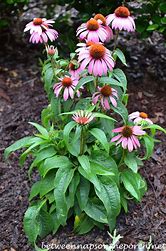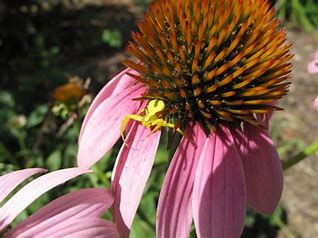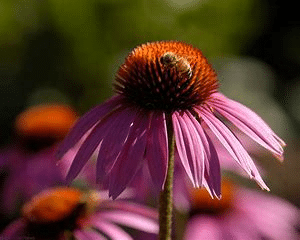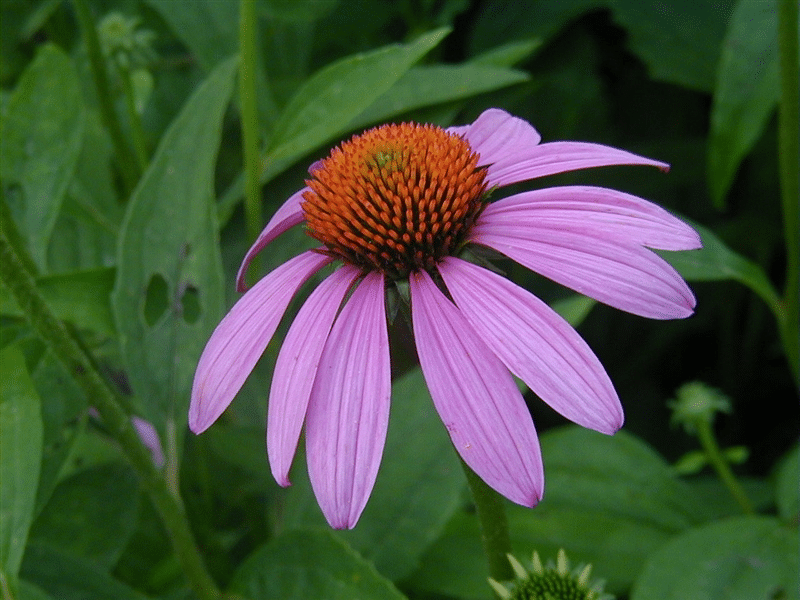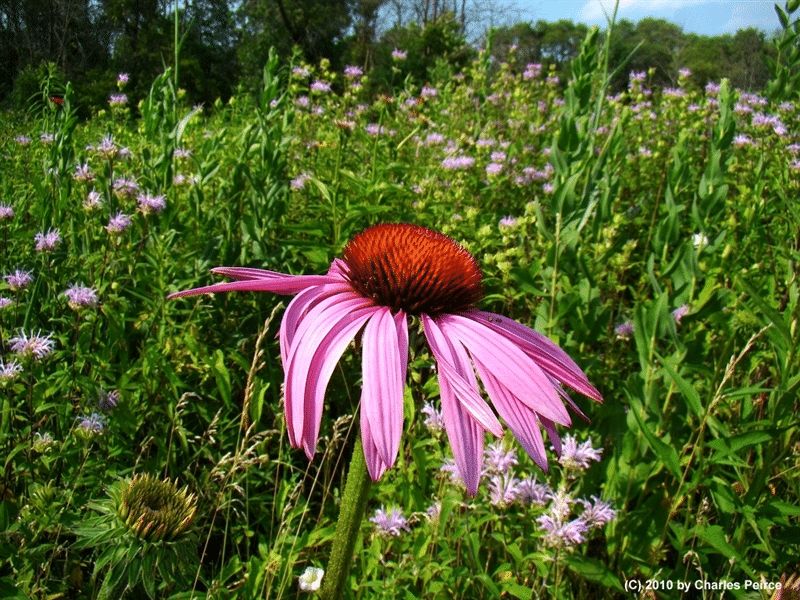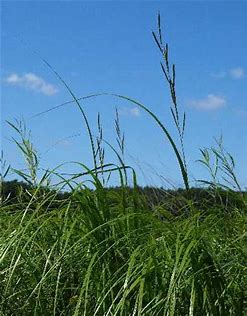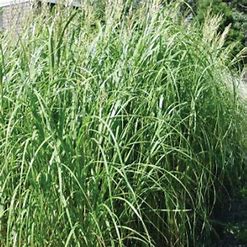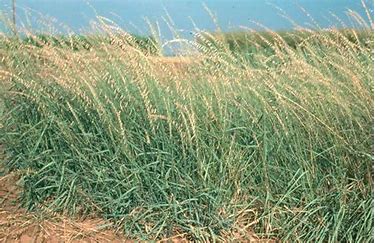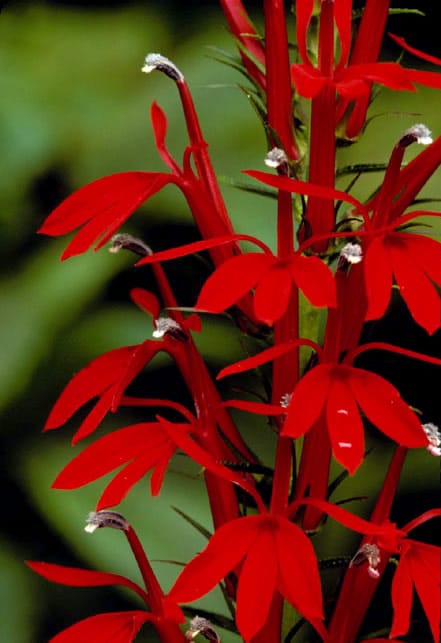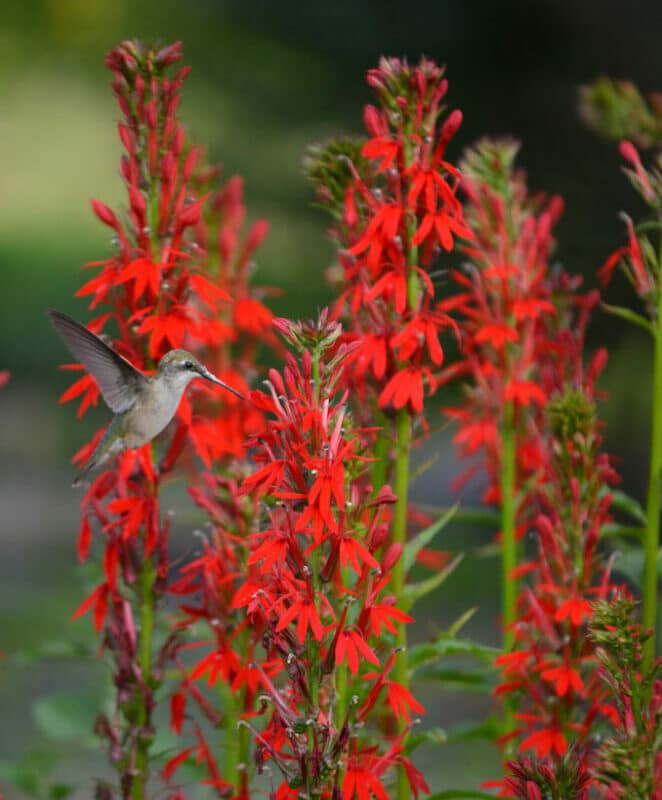Description
Purple Coneflower (Echinacea purpurea) is a coarse, rough-hairy, herbaceous perennial that is native to moist prairies, meadows and open woods of the central to southeastern United States (Ohio to Michigan to Iowa south to Louisiana and Georgia). It has a fibrous root system with short woody rhizomes and is a drought-tolerant perennial that is also deer resistant. The flowers are a golden red to purple and may release a slight fragrance in strong sunlight. They are much-loved by bees and is a host plant for the Ottoe Skipper. Blooms appear June-September and some Purple Coneflowers may re-bloom in the fall. Echinacea purpurea matures to 4′ in height. Easily grown in average, dry to medium, well-drained soil in full sun to part shade. Best in full sun. An adaptable plant that is tolerant of drought, heat, humidity and poor soil. Divide clumps when they become overcrowded (about every 4 years). Plants usually rebloom without deadheading, however prompt removal of spent flowers improves general appearance. Freely self-seeds if at least some of the seed heads are left in place.
Click here for more information from USDA-NRCS.

